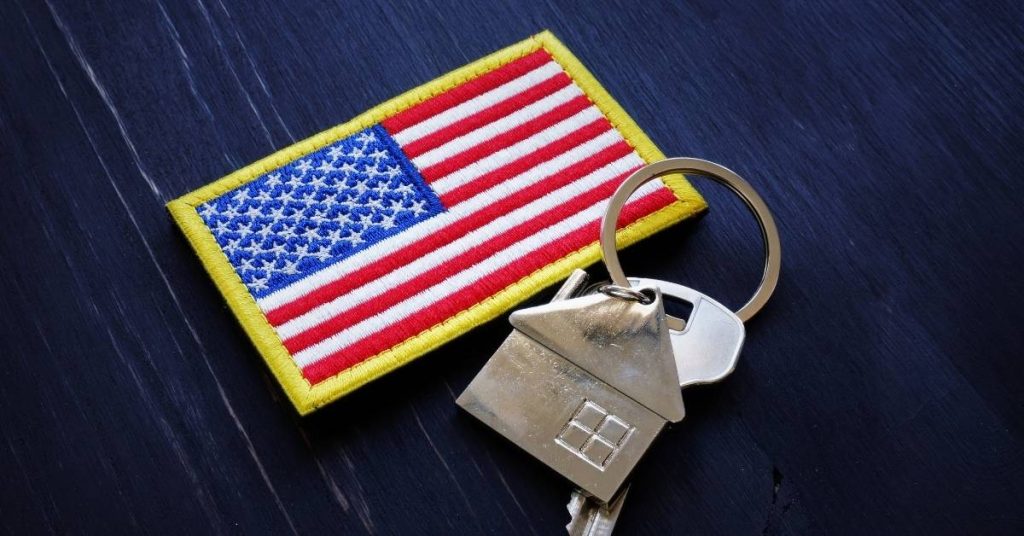An FHA streamline refinance loan is a great way to reduce your monthly mortgages through a simple and quick process. If you have a current FHA loan that is at least 180 days old and refinancing can reduce your term or rate, then an FHA streamline is the easiest and most efficient way to go.
What is an FHA Streamline Loan?
The FHA streamline loan is a type of refinancing made exclusively for those who have existing FHA loans. FHA refinancing means replacing your old loan with a new one to reduce your term or rate to lower your monthly mortgage payments.
This process is easier than a lot of other loans because there are fewer documents and conditions needed to accomplish. Most notably, you may not need to get an appraisal, one of the biggest hurdles of refinancing. But of course, it is important to know if getting an FHA streamline works for you and what requirements are necessary to qualify for one. This article will help you with that.
The FHA streamline loan means replacing your old FHA loan with a new FHA loan. It’s a lot easier compared to other types of refinancing because there are fewer requirements. This is because already the FHA sees you as a trust-worthy borrower since you already qualified the first time.
Another type of refinancing under the FHA is the 203(k) refinance or streamline loan. It allows you to finance both the house and the cost of rehabilitating it, rolling it into one monthly mortgage payment. Moreover, you do not need an existing FHA loan for this type.
There are two options:
- Limited 203(k) refinance – This type is only for minor improvements. It provides a limit of $35,000 with no minimum cost requirement.
- Standard 203(k) refinance – This type is for major or structural improvements. It has no ceiling limit but has a minimum cost requirement of $5,000.
Streamline Refinance FHA Loan Requirements

Of course, there are more requirements than just having a current FHA loan. But before we look at the main requirements to accomplish, it is important to know the two types of FHA streamline refinancing loans.
Non-Credit Qualifying
This is the fastest and easiest option. You don’t need to go through an income or credit check. The downside is you may not receive the best rates and removing a borrower from the mortgage requires a qualifying reason.
Credit Qualifying
In this type, lenders will require both income verification and a qualifying credit score. They will also compute your DTI (debt-to-income) ratio. It takes longer but it will allow you to qualify for lower mortgage interest rates and remove a borrower from the title for reasons other than divorce, legal separation, or death.
Whichever type of streamline loan you choose, these basic requirements will need to be met:
- On-time payments. If your mortgage is more than a year old, then you must not have more than one 30-day late payment. If your mortgage is less than 12 months old, then all your payments must have been on-time.
- The property must be aged. You must have owned the property for at least 180 days or 6 months.
- Net tangible benefit. The FHA also requires that you benefit from this refinancing. They’ll need to see that your new total mortgage is at least 5% lower than your previous mortgage payment.
What Are the Current Mortgage Rates for an FHA Streamline Loan?
Rates change fast. In fact, they change multiple times a day based on what the market is doing.
To get the most up to date FHA Streamline loan rates for January 17, 2025, you can click here to get a free rate quote.
How Do I Streamline My FHA Loan?

Do you think you meet the requirements above for streamlining your FHA loan and can pay the minimum downpayment rate of 3.5%? If yes, the next step is to find an approved FHA lender in your area and prepare your documentation. The paperwork required is considerably fewer compared to other mortgages. It includes:
- Loan application
- Current mortgage statement showing a six-month payment history
- Two months’ worth of bank statements to prove you can pay closing costs out-of-pocket
- Utility bills proving that the home is used as a primary residence
Of course, if you opt for a credit qualifying streamline finance, additional documentation such as proof of employment and credit verification is needed.
Should I Streamline My FHA Mortgage?
When it comes down to it, there are certain pros and cons to getting an FHA streamline that can make or break your decision. At the end of the day, your decision depends on what you want out of it. The table below breaks down the biggest pros and cons.
Pros
- No appraisal necessary: This means borrowers with little or no home equity can qualify
- Not credit check: Not applicable in a credit qualifying loan.
- No proof of income: Not applicable in a credit qualifying loan
- Easier: Fast processing and easy to qualify.
- UFMIP Refund: If you refinance within three years of closing your FHA home loan, you can get a refund from your UFMIP, (Upfront Fee Mortgage Insurance Premium) which is 1.75% of the loan amount.
Cons
- Cash back is limited to $500
- You will cover closing costs and it cannot be rolled into the loan balance
- A new mortgage can’t be larger than the current mortgage
- Some lenders have stricter requirements
- It won’t eliminate paying MIP in your new loan (Monthly Insurance Premiums)
Does an FHA Streamline Make Sense For You?
Getting an FHA streamline refinance loan is a good option for those with existing FHA loans that want to lower their monthly mortgage payments. But does it make sense for you right now? With interest rates on the rise, it’s best to run the numbers if you will receive a substantial net tangible benefit from it.
Moreover, the FHA streamline refinance does not allow you to cash out on your loan. If that was something you were looking for, an FHA cash-out refinance may be your option. Additionally, although you may be able to get a refund on your UFMIP, you will still be continuing to pay MIPs throughout your new term. Refinancing to a conventional loan may be the way to go to get rid of these monthly insurance payments.
Frequently Asked Questions
Is it better to do an FHA Streamline or regular FHA refinance?
It depends on your goals. The FHA streamline is faster and easier compared to other refinance options, but it also has some drawbacks such as the no cash-out rule and the continuous payment of your MIP.
What is the minimum credit score for an FHA refinance?
The credit score requirements for an FHA refinance are the same as getting a normal FHA. The minimum credit score is 500 but you typically need a credit score of 580 or higher to convince lenders that you are in a good financial position.






